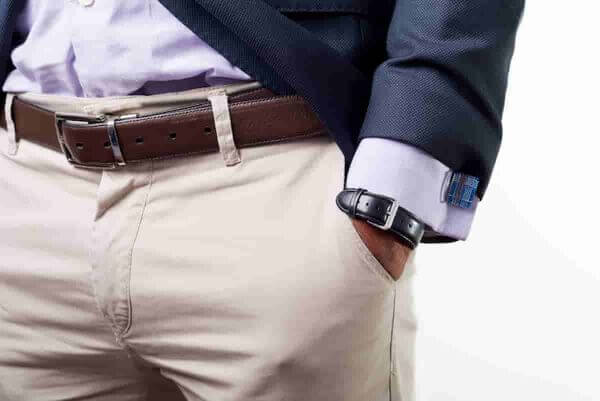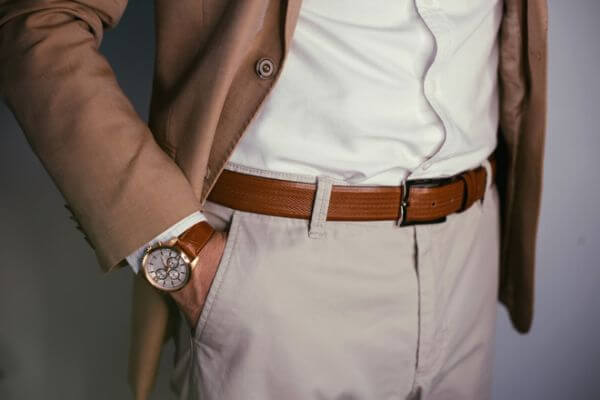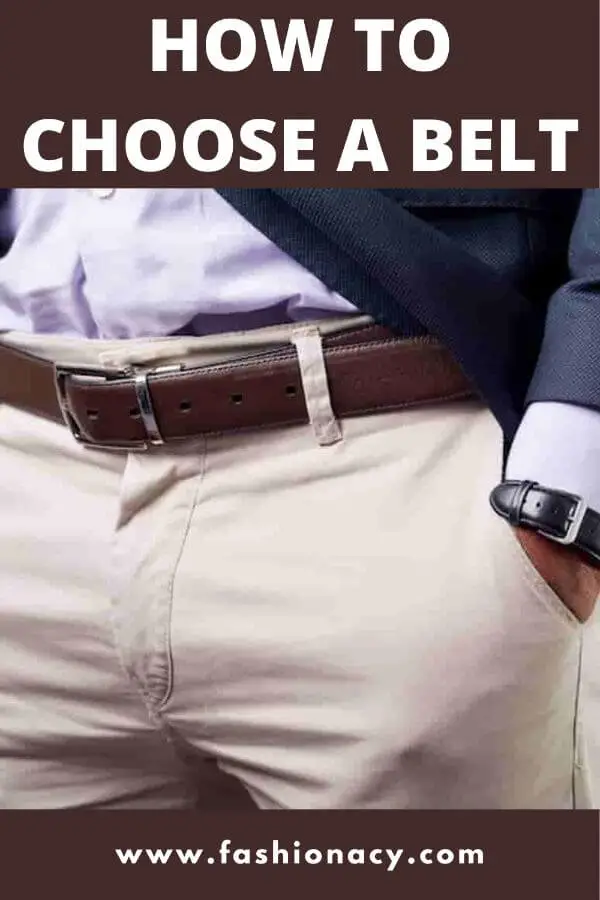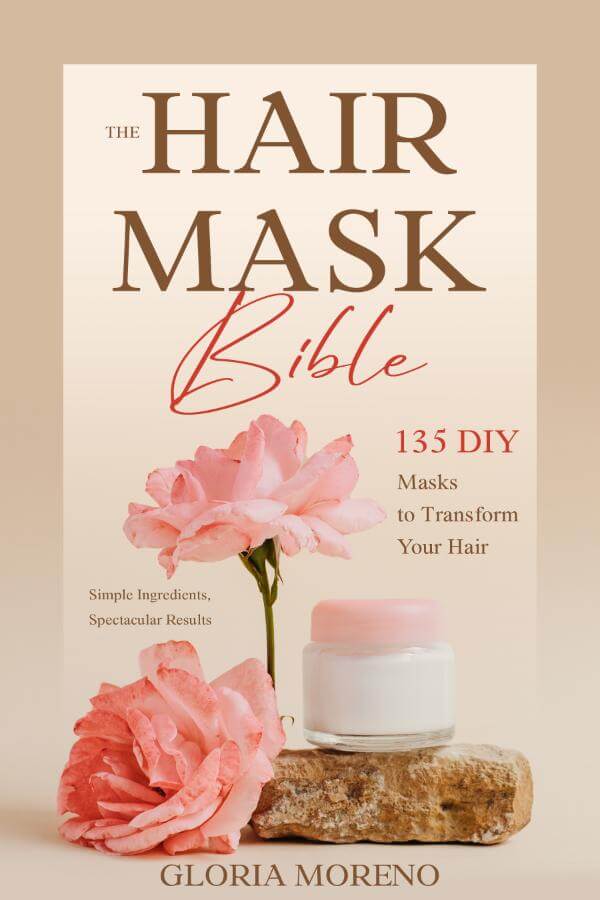
The act of wearing a belt appears to be a rather straightforward one, doesn’t it?
90% of men, however, wear their belts improperly!
Wearing the incorrect belt size, belt color, or belt buckle style can utterly wreck your ensemble, even if it may seem like a minor issue.
By clearly outlining all you need to know to choose the ideal belt, I’ll make it simple for you.
Belt Alignment
First, consider how your belt should be aligned with your apparel.
I’m going to introduce you to the gig line to help you do that. It is a fictitious line that may be followed by tracing it down the placket of your shirt, around the edge of your belt buckle, and down the seam of your pants.
The majority of men are unaware of this rule. So, from where does it originate? The gig line concept originated in the military.
In general, military attire is tightly regulated. You are aware of the gig line if you attended a military college or have experience serving in the military because you have had your uniform inspected.
Following World War I, belt usage gained popularity. When the doughboys from World War I returned, they stopped wearing suspenders and started wearing belts because they preferred them.
Anatomy of a Belt
What about belt size, though? What about the material that the strap is made of? What about various belt buckle designs?
What do all these belt jargon terms mean?
Let’s examine the anatomy of a belt.
The strap comes first on the list. The flexible, non-metallic portion of the belt that wraps around the wearer’s waist is known as the strap.
We’ll go on to the buckle next. There are many different types of buckles available. The frame buckle is among the most common. In reality, a bar will be used to fasten this to the strap.
A prong on this kind of buckle will fit through the hole on the other side of the strap.
There are also strap loops. These hold the strap’s end in place. A belt may occasionally have a decorative end tip.
There are other buckles with sliding latches. Here, the belt slides through a metal clasp, where a vertical peg forces the belt into place and applies pressure to hold it there.
Additionally, buckles with a hook are particularly common among Western wearers. You can see how a flat metal plate is fastened to the belt by inserting a hook from the buckle’s back through the belt’s front.
Last but not least, I’ll mention my favorite, the microadjust style. When you flip over a belt like this, you’ll discover a system of microadjustments instead of holes on the strap.
In contrast to standard belts, which have an inch between each hole adjustment, the microadjust system allows you to adjust the fit of the belt by a quarter of an inch.
Additionally, if you use the belt frequently, as many of you do, you get an unattractive stretch mark that bends in the direction you use the belt the most.
So how does the buckle and the microadjust mechanism function? If you look at the buckle, you’ll notice that it has a metal catch, which means that when you insert the strap, it will catch and adjust by 1/4 inch.
Belt Buckle
Let’s discuss about the formality and style of belt buckles.
Many men make the mistake of dressing too casually with a belt buckle when they ought to be wearing something a little dressier.
The most formal buckle is going to be a traditional square or rectangle made of metal in silver or gold.
Men in good clothing have sported this traditional belt buckle design for more than 70 years. You can wear it with a suit or even with jeans and a button-down shirt.
The flat plate design will be more informal, especially when using the color bronze. This can be worn with shorts and possibly a polo; it can also be worn with jeans and a button-down shirt.
In a suit, would I wear this? Most likely not. But you could make it look more elegant. Choose a solid silver option with a dark strap. With a suit, you could pull this off. It would be pushing it, but it’s quite unlikely that anyone would speak up.

The Straps
That prompts us to discuss the straps.
Does having a dressy buckle indicate that you have a dressy belt? The answer is not necessarily because we have to look at the strap.
Understand that the combination of the buckle and the strap determines whether your belt is dressy or casual.
The classiest belt straps will be crafted from leather and offered in oxblood, dark brown, or black.
Light-colored, patterned, and suede straps all have a more casual appearance.
This will look excellent with a casual suit, perhaps a sports jacket, odd pants, or even a blazer and jeans.
The more informal strap designs are going to be made of a canvas material, be brighter in color or in combination with other brighter colors, or include novelty features.
If you ever find yourself in doubt, just keep in mind that your belt is just as formal as its most casual piece.
Belt Size
Next, let’s discuss belt size.
We’ll start with diameter. A dress belt is one that is 1.25 inches wide.
It is a casual belt if it is 1.5 inches wide.
Work belts are frequently extremely wide, measuring more than 1.75 inches.
Women’s belts are frequently those that are less than 1.25 in width.
Belt Length
Let’s discuss belt length.
As a general rule, your belt length should match to the size of your jeans.
So, if your jeans are a size 32, choose a 32 size belt.
This is where the issue arises.
Don’t measure yourself with a tape measure because that 32 has nothing to do with inches.
In actuality, if you measure your waist and wear a 32, your waist is closer to 35 inches; I measure from the end of the buckle to the last hole at that point.
Therefore, you should choose a belt size of 36 if your jeans are a size 36.
Always choose a slightly larger belt so you can decrease it if you’re unsure or in-between sizes.
Pro tip
Only experts are aware of the next measurement, which is the distance the strap should extend beyond the buckle.
If you do it too much, it will just appear sloppy. If not enough, you will have to discard the belt.
I prefer to see between 4 and 7 inches generally.
You would probably go more toward the 4 inches if you are a smaller guy. Go out for the whole 7 inches if you are a bigger guy.
However, allow yourself enough space to essentially adjust the belt if you gain or lose weight.
You must get to know yourself in order to choose a length that is right for you.
Matching
How about matching?
As a general rule, leathers and metals should complement one another.
The silver on your watch should match the buckle on your belt. The watch’s leather band should match the belt’s color.
What if, though, I’m going to wear a different watch and it doesn’t even come close to matching my belt? Or what if I have a bag whose color differs from the strap? Or, as most people are pondering, what about with my shoes?
You should complement. It’s not necessary to match precisely. However, avoid wearing a black belt and brown shoes. You can do it, but remember that the guidelines are only there to give everything you wear a coordinated appearance.



